The Antyeshti Sanskar, also known as the funeral ceremony or last rites, is a solemn event that marks the departure of the soul from the physical body and its journey towards the afterlife.
The Antyeshti Sanskar encompasses a series of rituals and practices that vary based on regional customs, religious sects, and family traditions. Key samskaras are as follows:
- Agni Sanskar: The body is taken to the cremation ground. This act symbolizes the element of fire, which is believed to purify the body and release the soul from its earthly ties.
During the cremation, family members and priests recite sacred mantras and prayers. These prayers are intended to guide the departed soul on its spiritual journey, seeking blessings for its peaceful transition and liberation from the cycle of birth and death.
- Tarpan: After the cremation, the family returns home and performs a ritual known as Tarpan. Tarpan involves offering water and prayers to the departed soul.
- Shraddha Ceremony: The Shraddha ceremony typically takes place on the 10th or 13th day of funeral. This ceremony involves offering food and water to the departed soul. The family believes that during this period, the soul of the deceased visits them, and the offerings made during Shraddha provide comfort and sustenance.
It is important to note that the Antyeshti Sanskar can vary significantly based on regional customs, religious sects, and family traditions within Hinduism. Therefore, families often consult with a priest or a knowledgeable person to guide them through the rituals and practices specific to their community.

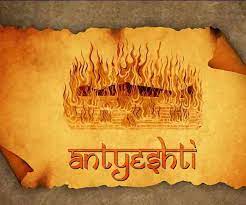

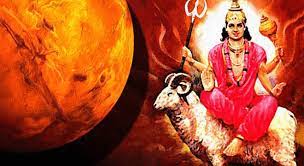
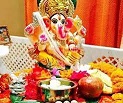

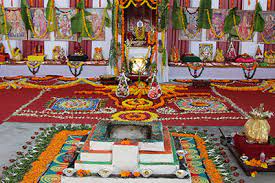
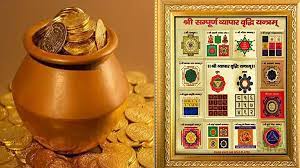
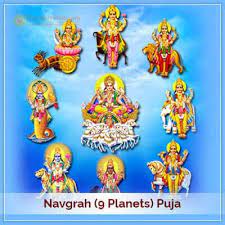
Reviews
There are no reviews yet.